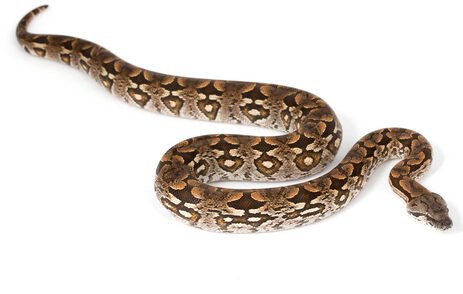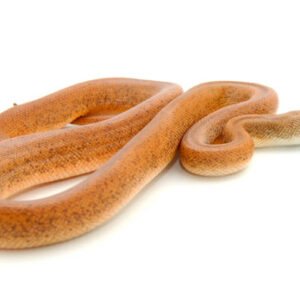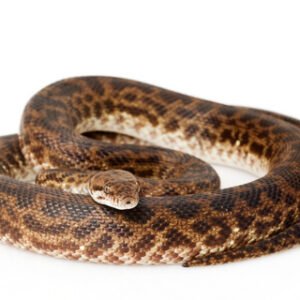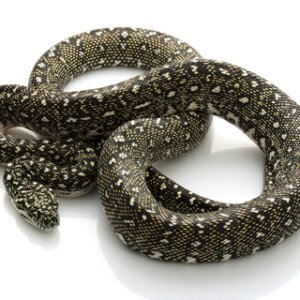Natural Habitat and Distribution of Dumeril’s Boa
The Dumeril’s boa, scientifically known as Acrantophis dumerili, primarily inhabits the lush environments of Madagascar and some surrounding islands. This species thrives in tropical rainforests, which provide the humid and warm conditions conducive to its survival. The dense foliage of these forests offers ample cover, allowing Dumeril’s boas to ambush their prey effectively. Besides rainforests, they can be found in woodlands and areas with rich vegetation, showcasing their adaptability to various ecosystems.
Dumeril’s boas are predominantly located in the eastern part of Madagascar, where the climate is consistently humid. They favor regions that experience both wet and dry seasons, as these variations contribute to their ecological niche. The complexity of their preferred habitats supports a diverse range of prey, including small mammals, birds, and reptiles. By fulfilling their role as both predator and prey, Dumeril’s boas contribute to the balance of their ecosystems.
In summary, Dumeril’s boas are integral to the tropical and subtropical ecosystems of Madagascar. Understanding their natural habitat and distribution is crucial for conservation efforts, as these regions face threats from deforestation and habitat loss. Protecting their environment will help ensure that these remarkable snakes continue to thrive in their native lands.
Care and Maintenance of Dumeril’s Boa in Captivity
The Dumeril’s boa is a remarkable species that requires specific care to thrive when kept in captivity. One of the foremost considerations for owners is the size of the enclosure. Ideally, a Dumeril’s boa should be housed in a minimum of a 4-foot-long terrarium, allowing ample space for the snake to explore and exhibit natural behaviors. Larger enclosures are preferable as they can facilitate a more enriching environment. Furthermore, it’s critical to maintain appropriate temperature ranges, typically between 75°F and 85°F for the cooler side, with a basking area reaching around 90°F. Utilizing heat mats or basking lamps can help achieve these conditions while ensuring gradient heating for the snake’s comfort.
Humidity levels are another vital aspect of care, with a range of 40% to 60% being optimal for Dumeril’s boas. Regular misting of the enclosure can assist in maintaining this humidity, alongside the use of substrates such as aspen shavings or coconut husk, which can help retain moisture. It’s also essential to provide various hiding spots and climbing opportunities within the habitat to mimic their natural environment and reduce stress.
In terms of diet, Dumeril’s boas primarily consume rodents such as mice and rats. Depending on the age and size of the snake, feeding frequency can vary, with juvenile snakes typically fed once every 5-7 days and adults every 10-14 days. Ensuring a proper feeding schedule will contribute to the snake’s health and well-being. Health monitoring is critical; regularly observe the snake for any signs of illness, including lethargy or changes in appetite. Handling should be kept gentle and infrequent at first to allow for gradual acclimatization. Lastly, socialization, though not critical for the species, can enhance the bond between the owner and the snake, leading to a more harmonious keeping experience.





